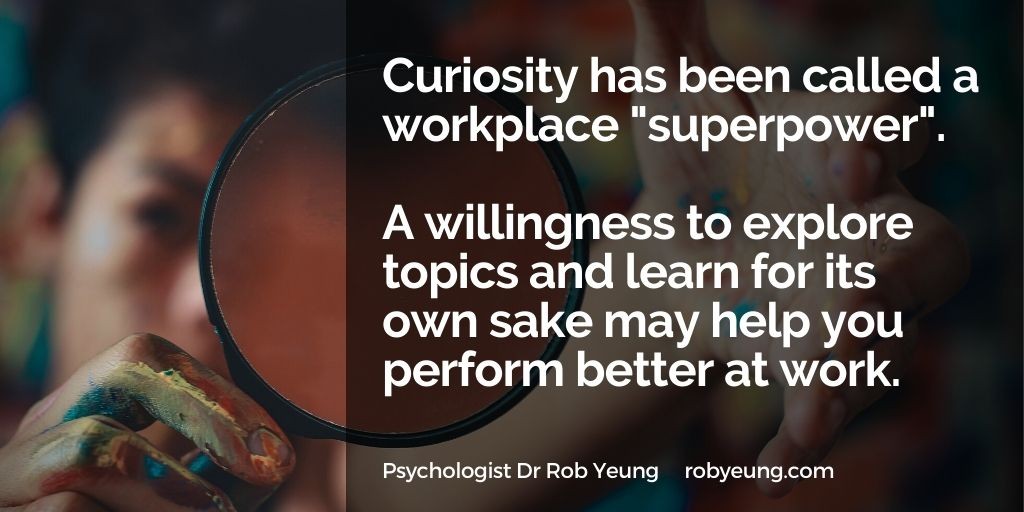In a world saturated with brands vying for attention, differentiation is no longer a luxury—it’s a necessity. While many businesses focus on visual identity, voice, and customer experience, one often overlooked but deeply powerful element is texture. Texture, in this context, refers to the tangible and intangible qualities that define how a brand feels. It’s the sensory layer that gives depth to a business’s identity, making it memorable, relatable, and emotionally resonant. A signature texture isn’t just about aesthetics; it’s about creating a consistent and immersive experience that customers can recognize and connect with instinctively.
Think about the last time you walked into a boutique hotel or picked up packaging from a high-end skincare brand. Chances are, you noticed more than just the logo or the color scheme. You felt something—perhaps the smoothness of a matte finish, the warmth of natural wood, or the crispness of a linen napkin. These tactile cues are not incidental. They are carefully curated elements that contribute to the brand’s texture. When done well, they evoke emotion, signal quality, and reinforce the brand’s story. Texture becomes a silent ambassador, communicating values and personality without saying a word.
For digital-first businesses, texture might seem like a less relevant concept, but that’s a misconception. Even in virtual environments, texture plays a crucial role. It can be expressed through the rhythm of a website’s animations, the responsiveness of a mobile app, or the tone and cadence of written content. A brand that feels smooth, intuitive, and thoughtful online is just as textured as one that offers a physical product. Consider Apple’s digital ecosystem. The transitions between screens, the haptic feedback, and the minimalist design all contribute to a signature texture that’s unmistakably Apple. It’s not just functional—it’s emotional.
Developing a signature texture requires introspection and intention. It starts with understanding what your brand stands for and how you want people to feel when they interact with it. Are you aiming for luxury and refinement, or warmth and approachability? Do you want your brand to feel energetic and bold, or calm and contemplative? These emotional goals should guide the sensory decisions you make. For example, a wellness brand that promotes mindfulness might choose soft, natural textures in its packaging and a soothing, slow-paced user interface. A tech startup focused on innovation might opt for sleek, high-gloss materials and crisp, dynamic interactions.
Texture also plays a vital role in storytelling. It adds dimension to your narrative, making it more immersive and believable. When customers encounter consistent texture across touchpoints—from your website to your product to your customer service—they begin to internalize your brand’s story. It becomes part of their experience, not just something they read or hear. This kind of coherence builds trust and loyalty. People are drawn to brands that feel authentic and intentional, and texture is a powerful way to signal both.
Moreover, texture can be a strategic tool for differentiation. In crowded markets, where competitors may offer similar products or services, texture can set you apart. It’s often the subtle details that leave the strongest impressions. A coffee shop might serve drinks in hand-thrown ceramic mugs instead of generic paper cups, creating a tactile experience that customers associate with care and craftsmanship. A clothing brand might use recycled fabrics with a distinctive feel, reinforcing its commitment to sustainability. These choices aren’t just aesthetic—they’re strategic expressions of brand identity.
Consistency is key when it comes to texture. A signature texture should be present across all brand expressions, but it must also evolve thoughtfully. As your business grows and adapts, your texture can shift to reflect new priorities or audiences, but it should never lose its essence. This requires careful stewardship and a deep understanding of what makes your brand feel like itself. It’s not about being rigid—it’s about being rooted.
One of the most compelling aspects of texture is its ability to evoke memory. Humans are sensory creatures, and we often remember how something felt more vividly than what it looked like. A brand that cultivates a signature texture creates a kind of muscle memory in its audience. They don’t just recall the product—they recall the experience. This emotional imprint can be a powerful driver of repeat business and word-of-mouth referrals. People talk about brands that make them feel something, and texture is a direct conduit to feeling.
Incorporating texture into your business doesn’t require a massive budget or a design overhaul. It starts with awareness and intention. Pay attention to the sensory details of your brand experience. Ask yourself how your materials, interfaces, and communications feel. Are they aligned with your values and your story? Are they consistent across channels? Are they memorable? These questions can guide you toward a more textured, resonant brand identity.
Ultimately, a signature texture is about depth. It’s about moving beyond surface-level branding and creating an experience that engages the senses and emotions. In a marketplace where attention is fleeting and loyalty is hard-won, texture offers a way to stand out, connect, and endure. It’s not just a design choice—it’s a strategic advantage. When your business feels like something, it becomes something people want to feel again.




